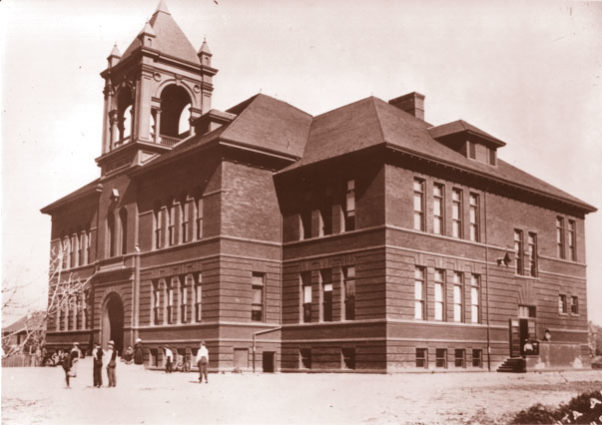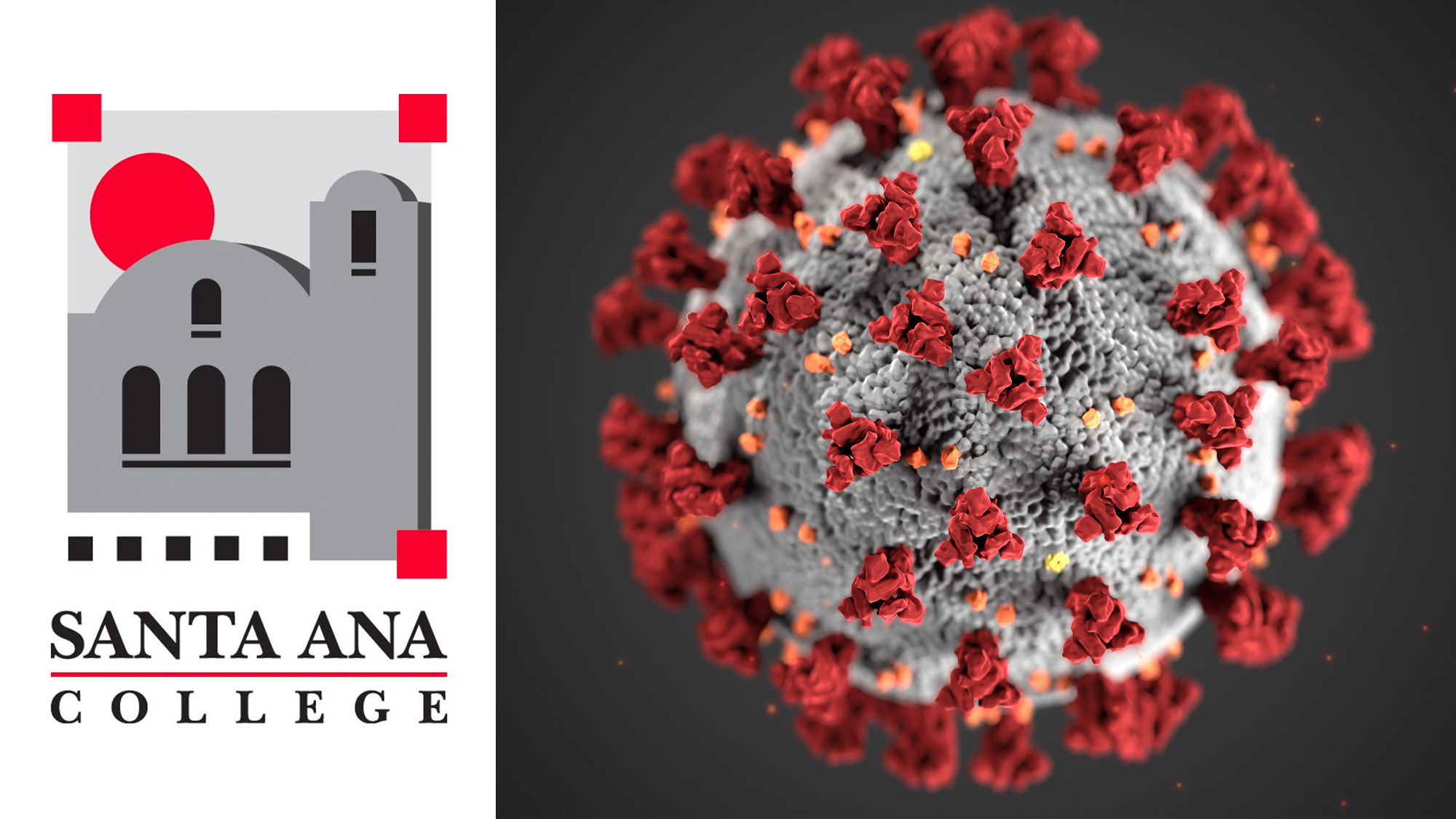
By Jorge Campos
Buildings on campus are built to withstand up to an 8.0 magnitude temblor.
“Once we get above that, not so much,” fire technology professor Suzanne Freeman said.
By comparison, the San Onofre nuclear facility on the border of San Diego and Orange counties can withstand about a magnitude 7.0 earthquake.
Southern California has more than 10,000 quakes annually, most too small to feel. About 20 are stronger than a magnitude 4.0, according to the U.S. Geological Survey.
There are four active faults in Orange County, including the Whittier fault running from south L.A. County through Yorba Linda.
A magnitude 5.1 earthquake along the fault struck March 28 in Brea, 13 miles north of Santa Ana. Damage to Santa Ana College was minimal, with no noticeable cracks or marks appearing on any of the buildings.
[quote]“In the last 20 years we haven’t really had any earthquakes. The 20 years before that, we had them all the time,” Freeman said.[/quote]
The last significant quake occurred in March 1933, when a Long Beach temblor damaged most of Southern California. From Los Angeles to Riverside, poorly constructed buildings gave way to shaking and ended up in piles of rubble.
At the time, SAC was located at the Santa Ana High School campus, and the main college building suffered irreparable damage. The campus was relocated to its current site on the corner of 17th and Bristol.
About 230 buildings, many of them schools, were completely destroyed. Back then most schools were constructed from non-reinforced brick and homes were framed wood.
The damage forced lawmakers to institute earthquake-stringent building codes in 1934.
[quote]“California public school buildings are among the safest in the nation,” said Assistant Vice Chancellor of Facility Planning and District Construction and Support Services Carri Matsumoto.[/quote]
Campus buildings are category III structures, making them three times stronger than most commercial and residential buildings and less susceptible to quake damage. Every structure except the Tessmann Planetarium uses reinforced concrete, a precaution to keep them from collapsing. It’s currently being upgraded.
But even if a minor quake hits, it doesn’t mean the buildings would go undamaged.
Freeman recalls a magnitude 5.7 quake in Monterrey Park in 1987.
“We haven’t had anything above a 5.8 in a long time, and that was an old fault. We have new faults now. We are due for a big one,” she said.
- The two-party system is failing us. - October 19, 2024
- Read our Fall 2023 Print: Vol. 100 No. 1 - October 23, 2023
- Santa Ana College Awarded State Department of Finance Grant - April 2, 2015











